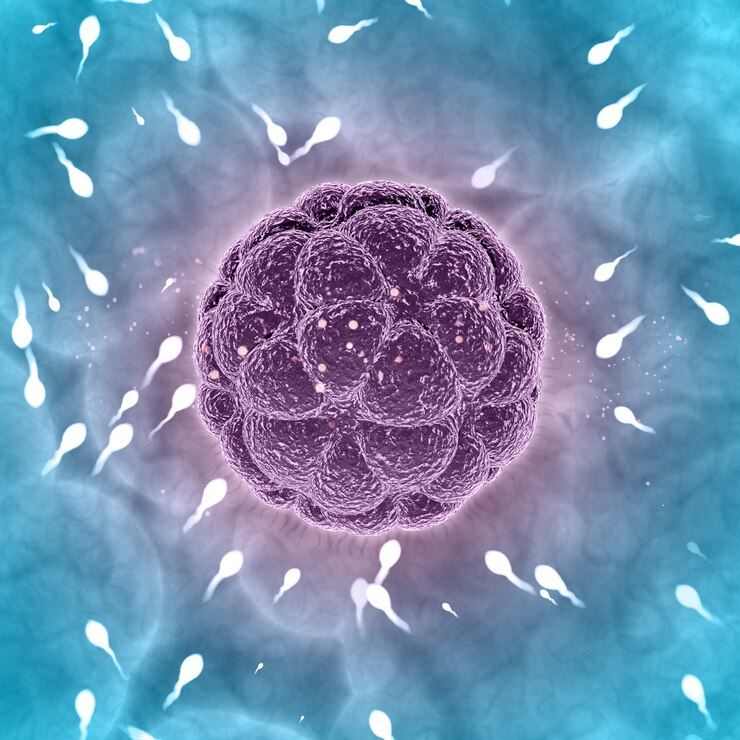
Gene therapy for azoospermia treatment
Introduction Male infertility, especially caused by azoospermia, affects millions of men worldwide. For those suffering from non-obstructive azoospermia, treatment options have been limited. However, thanks

Azoospermia is a medical condition in which a man’s semen does not contain any sperm. It is a leading cause of male infertility, affecting about 1% of all men and up to 15% of infertile men. Many men diagnosed with azoospermia wonder: Can sperm come back after azoospermia? The answer depends on the type of azoospermia, underlying causes, and available treatment options.
In this article, we will discuss the causes of azoospermia, treatment options, and whether sperm production can be restored.
There are two main types of azoospermia:
This occurs when there is a blockage in the reproductive tract, preventing sperm from reaching the semen. Causes include:
This occurs when the testicles do not produce enough sperm. It can be caused by:
The possibility of sperm returning depends on the type and cause of azoospermia. Let’s explore different scenarios:
Men with OA have a good chance of regaining fertility because sperm production is normal; the issue is merely a blockage. Treatment options include:
If azoospermia is due to a vasectomy, a vasectomy reversal (vasovasostomy) can reconnect the tubes that carry sperm. Success rates vary:
If a blockage causes azoospermia due to infection, injury, or congenital defects, surgery can help restore sperm flow. Procedures include:
After successful surgery, sperm often returns within 3-12 months.
For men with NOA, the situation is more complex because sperm production itself is affected. However, some cases respond well to treatment.
Hormonal imbalances can be treated with medications to boost sperm production. Common treatments include:
If natural sperm recovery is not possible, doctors can retrieve sperm directly from the testicles. Methods include:
A small sample of testicular tissue is taken to find sperm.
A more advanced version of TESE uses a microscope to increase the chance of finding sperm.
In some cases, improving overall health can support sperm production. Recommendations include:
Scientists are researching new treatments, including stem cell therapy and gene editing, to restore sperm production in men with NOA. These are still in experimental stages but may offer hope in the future.
In rare cases, men diagnosed with azoospermia may regain sperm production naturally due to lifestyle changes, recovery from illness, or unknown biological factors. However, relying solely on natural recovery is not recommended.
If no sperm is found after treatment, there are still ways to achieve fatherhood:
Whether sperm can come back after azoospermia depends on the underlying cause. Men with obstructive azoospermia have a high chance of sperm returning with surgical treatments, while those with non-obstructive azoospermia may require hormonal therapy or sperm retrieval procedures. Lifestyle improvements and emerging medical advancements may further improve the chances of sperm recovery.
If you have been diagnosed with azoospermia, consult a fertility specialist to determine the best course of action. With the right approach, many men can still achieve biological fatherhood.

Introduction Male infertility, especially caused by azoospermia, affects millions of men worldwide. For those suffering from non-obstructive azoospermia, treatment options have been limited. However, thanks

Azoospermia is one of the most challenging causes of male infertility, often leaving men with few options and couples struggling to conceive. But today, an
PROLISTEM® is a Patented Formula
Copyright © 2025 Prolistem®